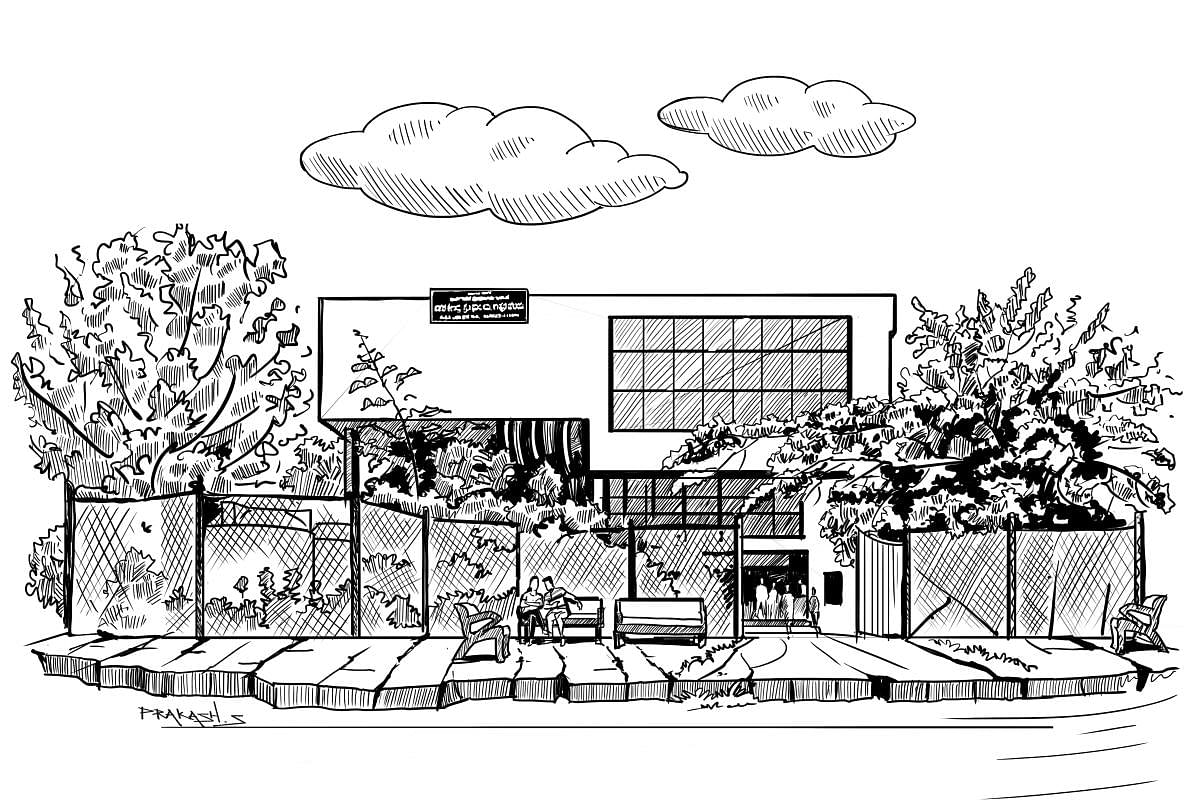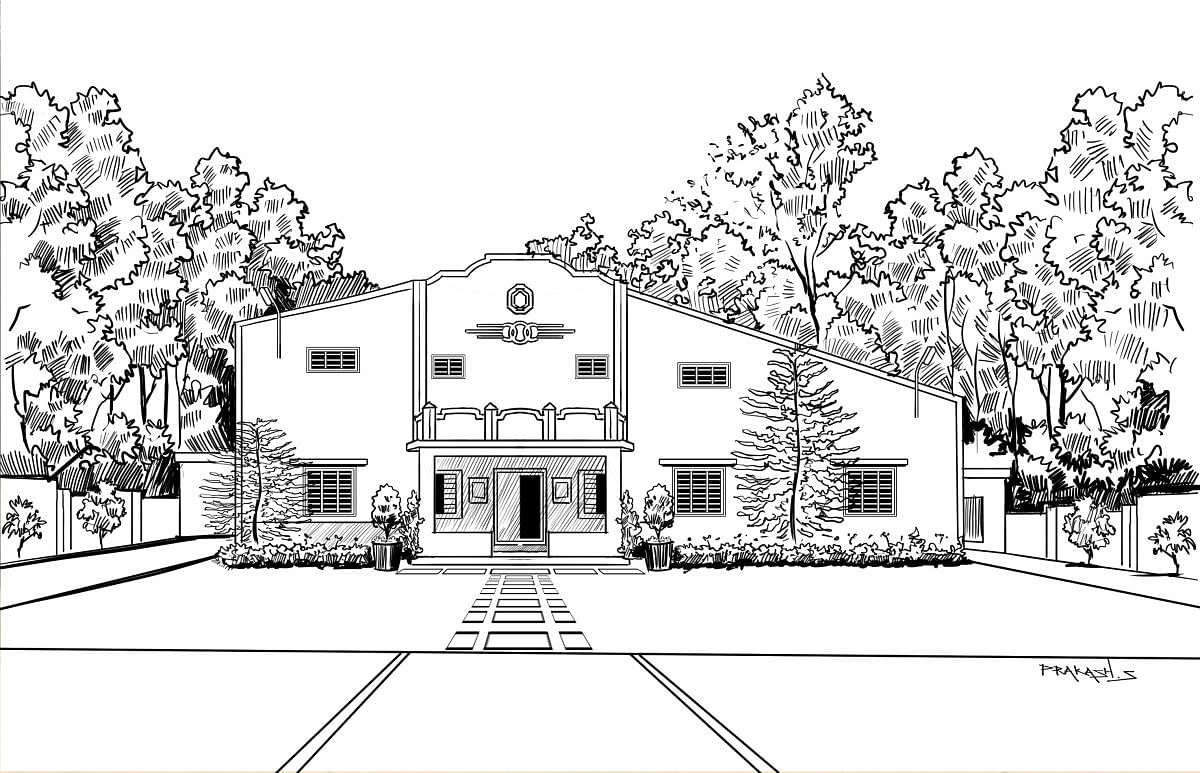
Most urban settlements are often planned in a grid layout, making adjustments for natural contours of the landscape. It is easier to lay straight roads, and grids are often the most efficient way to use available space. But all through the history of urban planning, people have been obsessed with the perfection and symmetry that is embodied in a circle. Some famous examples include the round city of Baghdad as planned by Abbasid Caliph Al-Mansur in the 8th century and Place Charles de Gaulle in Paris with roads radiating out from the Arc de Triomphe at the centre. Closer home, we have Connaught Place in New Delhi that is built with the same idea in mind.
It turns out you can find examples of such circular town planning in Bengaluru, too. And I am not referring to Bengaluru’s tendency to call traffic junctions as circles — Mekhri Circle, Balekundri Circle, Anil Kumble Circle and so on.
For the oldest circular town in Bengaluru, we have to go to Whitefield. David White was an enterprising Anglo-Indian, who, as the founder and president of the Anglo-Indian Association of Madras, petitioned Maharaja of Mysore Chamarajendra Wadiyar X to grant him land to set up a self-sustaining farming community of Anglo-Indians.
The Maharaja granted him 4,000 acres and that is how Whitefield, named for David White, came into being in the 1880s. It was meant to be a community of around 25 families and was planned around a circular ‘village green’, which also contained a pond. Around this village green, which today is a municipality park along with a public library and a playground (but no pond, in its place we have a dysfunctional fountain), were two roads — the Inner Circle and Outer Circle. Today, if you walk along these two roads, pretty much all that you see are apartment complexes, including one that seems to be acknowledging the circular nature of old Whitefield, calling itself ‘Verve on the Curve’. But hidden amid trees and dwarfed by these apartments, there are still a small number of bungalows that go back to the 19th century, and going by the nameplates, still occupied by Anglo-Indians.
For an even more impressive feat of circular town planning, one needs to visit Nandini Layout. Impressive because it is not just two concentric circles like in Whitefield, but eight of them (though only two make a complete circle). Impressive also because the terrain of Nandini Layout situated in the Vrishabhavathi Valley is not plain like Whitefield is. The center of these circles has a park and the innermost circles have public utility buildings such as a library, police station and so on. The rest of the circles are dominated by residential quarters of various banks and other PSUs, with the fancier quarters being closer to the centre. Given these circles are all on a slope, it calls to mind Dante’s nine circles of hell.
Apart from these two, we also have Yelahanka, not the old settlement, but the planned township of the 1960s, which is a perfect semicircle in shape, with the Doddaballapur Road acting as the diameter. Yelahanka is also the largest of such circular plans, going over a dozen roads deep. With the city having grown to the extent it has and space in Bengaluru being at a premium, I suspect we have seen the last of Bengaluru’s circular towns. Well, at least until the next idiosyncratic town planner.
(Thejaswi Udupa is a writer who thinks of Bengaluru as home and, naturally, has very strong opinions about the city and its boundaries)
